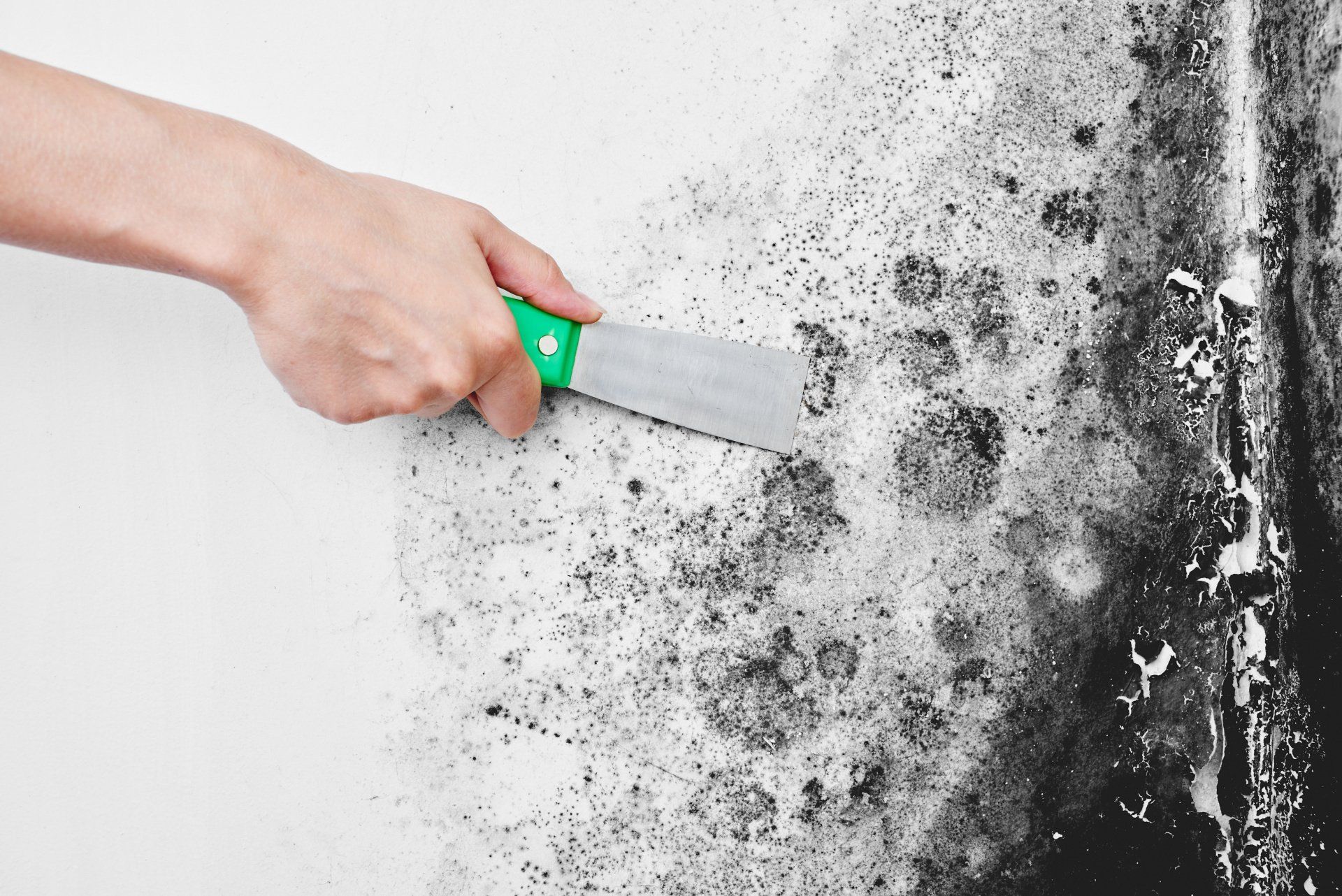Molds That Are Dangerous to You and Your Family's Health
Molds That Are Dangerous to You and Your Family's Health
As a homeowner, you are probably aware of the possibility of mold growth in your home, especially when there are leaks or if there has been water damage in the past. But did you know that molds are a threat not only to your home's structure but your family's health as well? That is why experts always recommend that you get a mold removal service as soon as you notice signs of mold growth in your home.
Know, however, that while not all molds are toxic, many are still considered toxigenic, which means that they produce mycotoxins.
Because not all homeowners are familiar with the different types of mold, Advanced Basement Waterproofing will share with you some information about the types of mold that pose a danger to your family's health:
Different Kinds of Allergenic Molds
You might breathe in airborne spores from molds, but you do not always have an allergic reaction to it because it may not be allergenic. Others, though, may cause sneezing, itching, congestion, runny nose, and more. Worse, some spores can enter the lungs and start an asthma attack.
Here are the most common kinds of molds with allergenic spores:
Alternaria
This genus is made up of about 50 different mold species and is considered an outdoor mold, although they can still grow indoors, especially if there are areas that are constantly damp and have a food source like wood. Alternaria often look like gray spots.
Aspergillus
This particular genus can grow in any part of the world and is most commonly found in hospitals. Its spores can trigger allergic reactions. Because they are so abundant, it's almost impossible to breathe in without some of its spurs. Those who have healthy immune systems wouldn't have to worry about anything, though, but some can cause serious illnesses to immunocompromised people.
Cladosporium
This genus is among the most widespread kinds of molds. The spores can also act as allergens and trigger some reactions in people with the poor immune system. The most commonly identified allergenic species of this genus, called C herbarium, is common on building materials like acrylic painted walls, wood, gypsum board, wallpaper, and carpet when they're wet as HVAC fans and mechanical cooling units.
Penicillium
This genus of mold includes hundreds of different species, and as you can probably tell from the name, some of them are used to create the antibiotic known as penicillin. Some species of Penicillium can have allergenic spores.
Pathogenic Molds
Some types of molds cause infections in humans regardless of their health. They are known as pathogenic molds. Here are some examples:
Aspergillus
A.fumigatus is the most common species in this genus and is the leading cause of invasive aspergillosis. It can lead to chronic pulmonary infections.
Cryptococcus
This is another genus of mold that could thrive anywhere in the world. If they inhale its spores, people can develop infections, but that's unlikely if you have a healthy immune system. It's another story if you're immunocompromised as the spores can stay in your body and cause an infection later on.
Histoplasma capsulatum
This genus is what causes the disease called histoplasmosis, which is acquired when you inhale H.capsulatum spores. For immunocompromised people, this can be life-threatening. This mold can be found in soil and where there are bird and bat droppings.
Toxigenic Molds
Molds that belong in this category create chemical metabolic byproducts known as mycotoxins that can cause toxic responses in humans and even animals. Here are some of the most commonly found molds found indoors that belong in this group:
- Fusarium species
- Aspergillus species
- Penicillium species
- Stachybotrys chartarum
Conclusion
These are some of the kinds of mold that are harmful to one's health. Although it's unlikely that you'll be identifying them when you encounter molds in your home, it's still important to know how to recognize them. That said, any type of mold growth should be addressed immediately. Call pros to perform mold removal at the first sign of mold in your home.
Advanced Basement Waterproofing offers
mold remediation in MA, including Hampden County, Franklin County, and Hampshire County. We also service Hartford County, CT and surrounding areas throughout Connecticut. Contact us today to schedule your mold remediation services!



